New Orleans is popular for its rich and vibrant cultural heritage, and its cuisine is no exception. From jambalaya to gumbo, there’s no shortage of classic dishes that showcase the region’s unique flavours.
There is one dish that often gets overlooked new Orleans pasta. This simple yet delicious dish combines the best of two worlds: Italian pasta and Louisiana-style Creole sauce. Its rich flavours, and hearty ingredients make it the perfect comfort food for a chilly winter evening.
We’ll share our recipe for New Orleans pasta that’s easy to make at home and will transport your taste buds straight to the Big Easy. We’ll walk you through every step of the process. From preparing the homemade Creole sauce to cooking the pasta just right. Along the way, we’ll share tips and tricks for making the perfect New Orleans pasta. Including adjusting the spiciness to your liking and determining which type of pasta works best with the sauce.
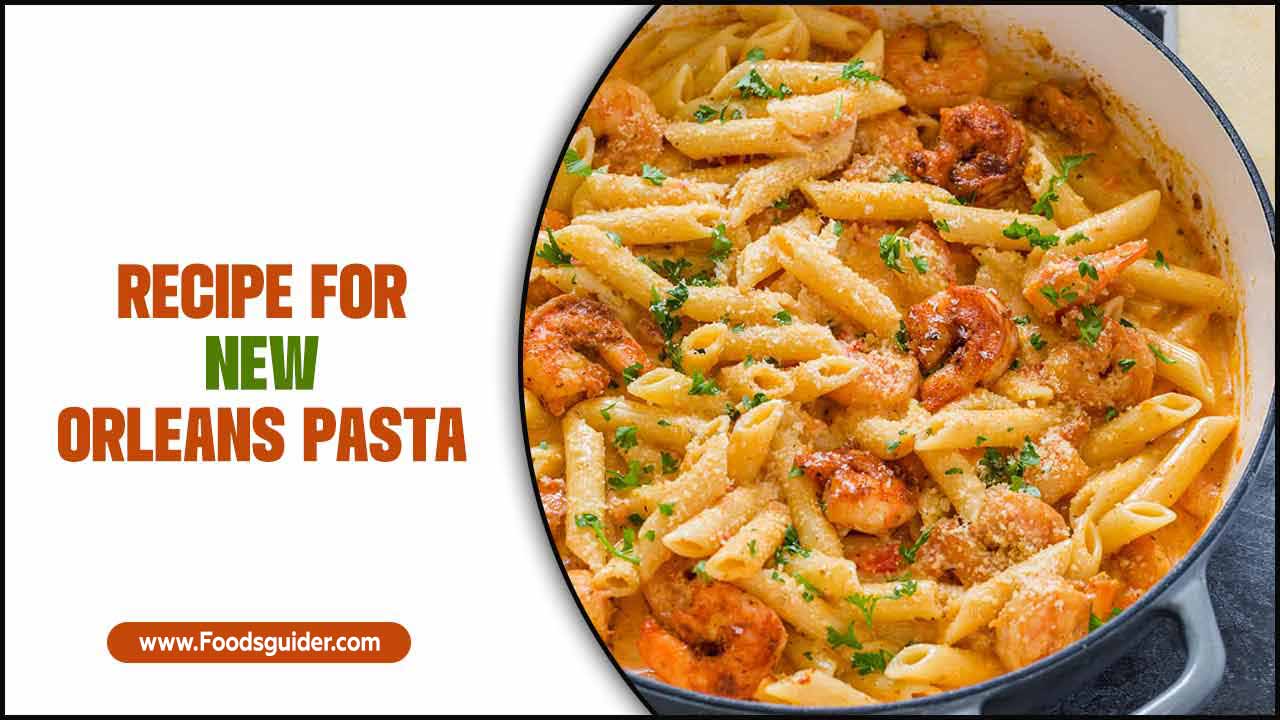
History And Origin Of New Orleans Pasta
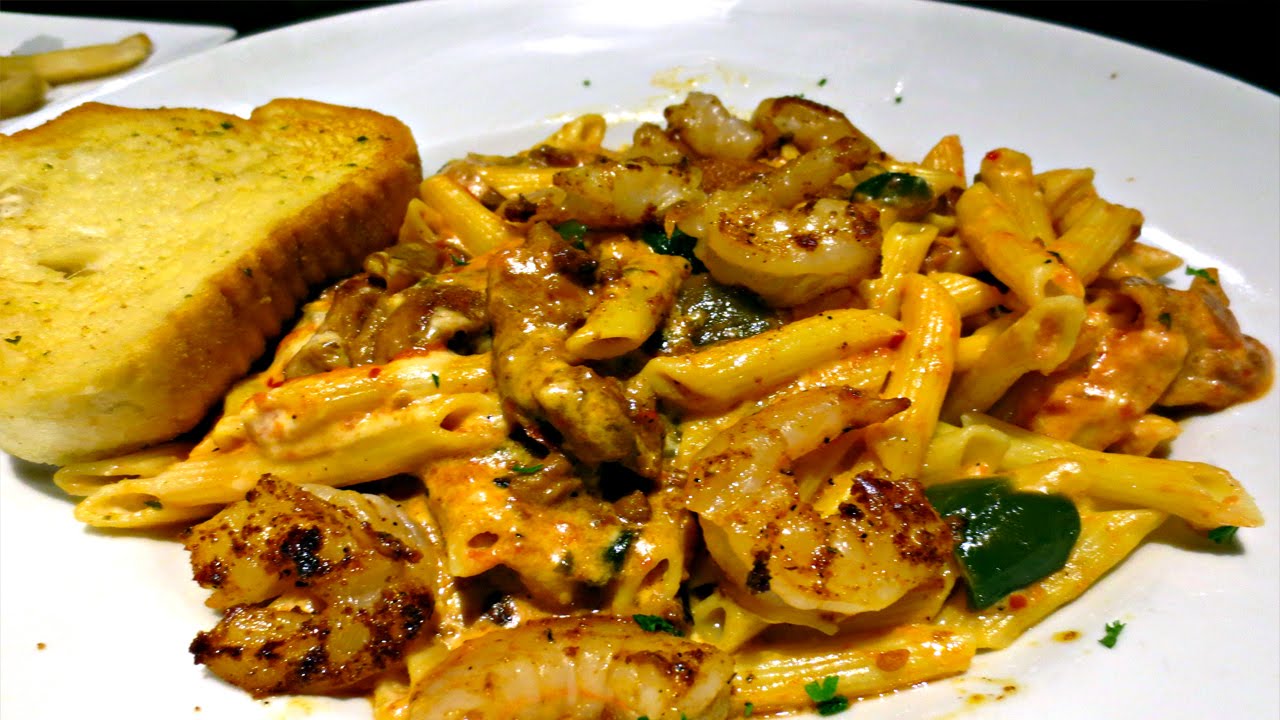
The people of New Orleans love their rich culinary culture, and they especially enjoy eating the popular dish of New Orleans pasta. Italian immigrants settled in the city in the early 1900s, and they can trace back to the origin of this delightful dish.
These immigrants brought their own unique pasta recipes, which they adapted to suit the local cuisine. Over the years, the dish evolved to include local ingredients such as crawfish, shrimp, and sausage. Today, locals and visitors enjoy New Orleans pasta, which many restaurants and homes in the city serve as a staple. Its rich history and unique flavour have earned it a place in the heart of New Orleans cuisine.
Ingredients Required For New Orleans Pasta
New Orleans pasta is a Cajun-inspired pasta dish that’s easy to prepare and packed full of flavour. The cook made this dish with spicy sausage, garlic, onion, bell pepper, and a creamy tomato sauce. The pasta is then finished off with fresh parsley and grated Parmesan cheese. Here are some Ingredients Required for New Orleans Pasta
Ingredients:
- 12 oz pasta
- 1 lb spicy sausage, sliced
- 1 onion, finely chopped
- 1 red bell pepper, finely chopped
- 4 cloves garlic, minced
- 1 can diced tomatoes
- 1 cup heavy cream
- 1 teaspoon Cajun seasoning
- Salt and pepper to taste
- Fresh parsley, chopped
- Grated Parmesan cheese
Preparation Of Recipe For New Orleans Pasta
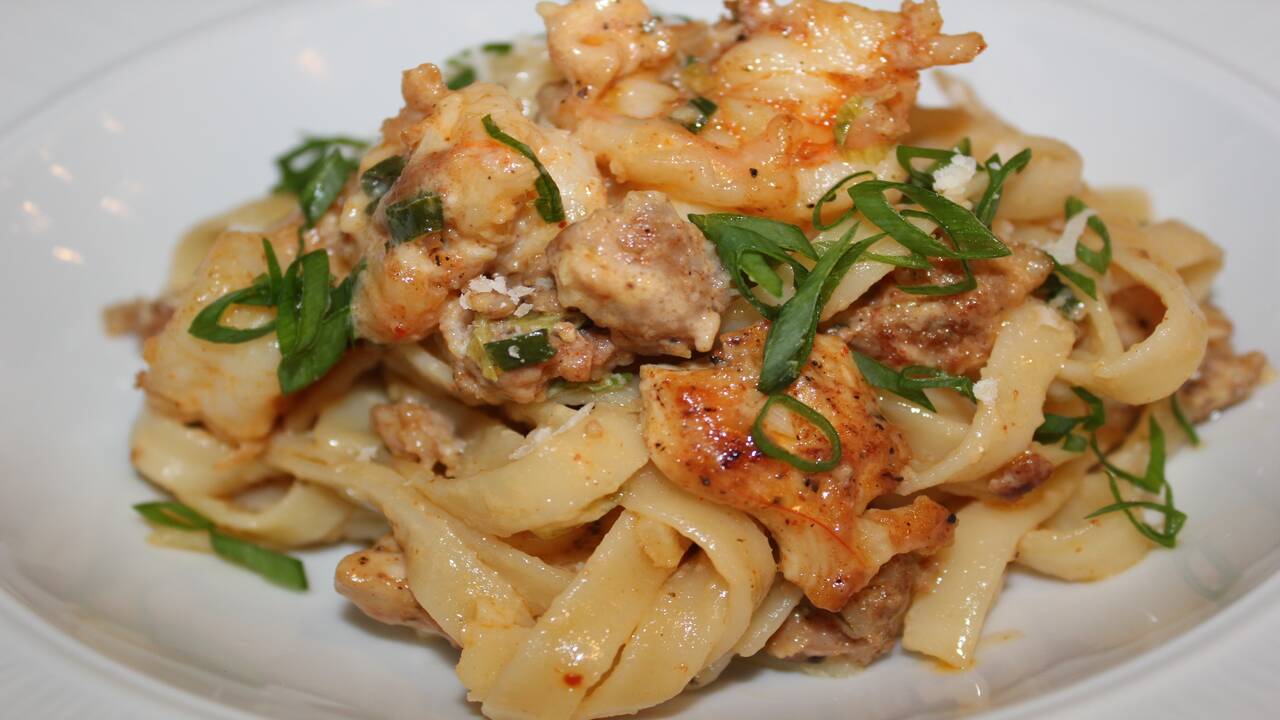
Preparing a recipe for New Orleans pasta requires careful planning and attention to detail to achieve this regional cuisine’s rich and complex flavours. The key to success lies in selecting high-quality ingredients, such as spicy sausage, fresh seafood, and aromatic spices, and combining them in just the right proportions.
Preparing the pasta itself also requires careful attention to technique, ensuring that it is cooked to al dente perfection and coated in a savoury sauce that brings out the best in all the other ingredients. With careful preparation and a commitment to excellence, anyone can create a truly authentic and delicious New Orleans pasta dish that will satisfy even the most discerning palates.
Cook Pasta Until Al Dente

Achieving the perfect texture is crucial. To cook pasta until al dente, it is important to follow a few key steps. First, bring a pot of salted water to a rolling boil. Then, add the pasta and stir occasionally to prevent sticking.
Cook the pasta for the recommended time on the package, but start testing for doneness a minute or two before the time ends. Al dente pasta should cook through, but it still has a firm bite. Once the pasta is al dente, drain it and toss it with your desired sauce or seasoning. Properly cooked pasta will elevate any dish and impress your guests.
Make A Roux With Butter And Flour
Making a roux with butter and flour is common in French cuisine to thicken sauces and soups. Begin by melting butter in a pan over medium heat and gradually adding flour while stirring constantly with a whisk until a smooth paste forms.
The key to a successful roux is to cook until it reaches the desired colour, ranging from a pale yellow (white roux) to a deep brown (dark roux). Using a roux allows for a more consistent and smooth texture in sauces and soups and adds a rich and nutty flavour. It is important to use the right ratio of butter and flour to achieve the desired consistency and to avoid burning the mixture by stirring constantly.
Adding Cajun Seasoning And Garlic To The Roux
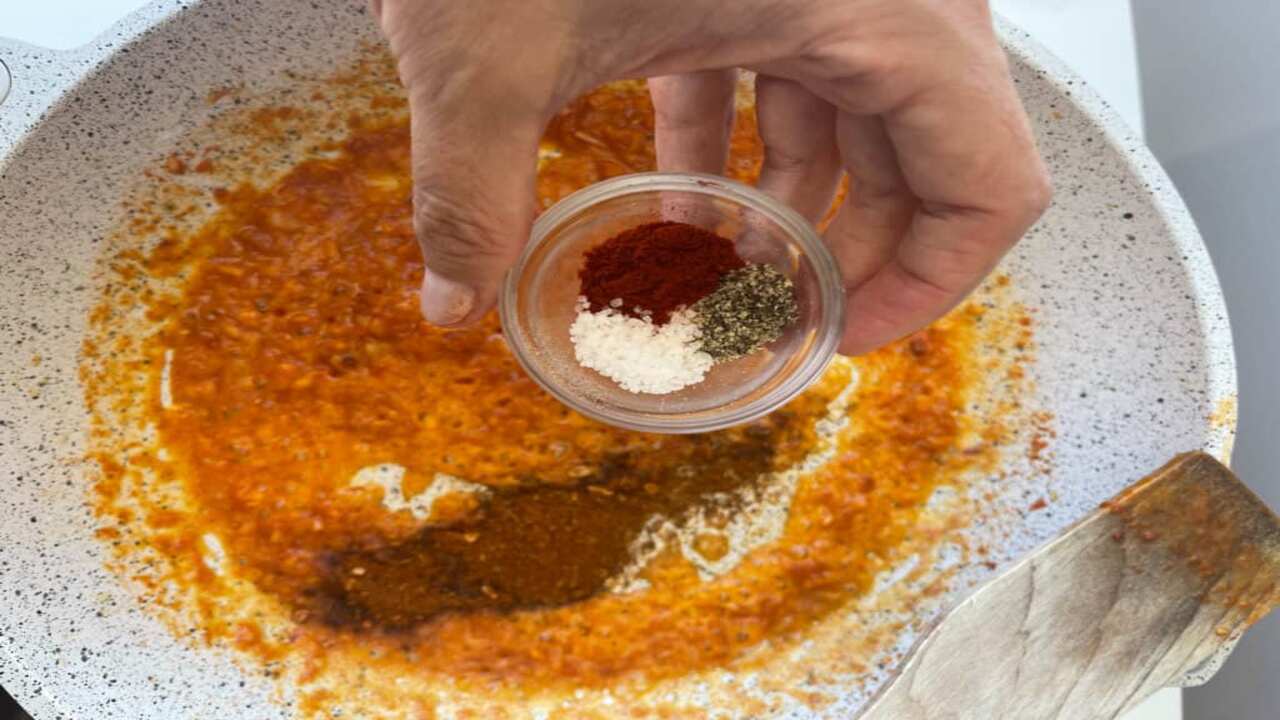
Adding Cajun seasoning and garlic to the roux can enhance the flavour of your dish and take it to the next level. The rich and savoury flavour of the roux and the bold and spicy taste of Cajun seasoning create a perfect balance for any dish.
Adding garlic can also provide a depth of flavour that complements the other ingredients. When incorporating these flavours into your roux, starting with a small amount is important and adjusting accordingly to ensure the taste is not overpowering. Overall, adding Cajun seasoning and garlic to the roux is a great way to elevate the taste of your dish.
Pouring In Chicken Broth And Heavy Cream

Pouring in chicken broth and heavy cream can elevate the taste of any dish. Chicken broth is a flavorful liquid that is made from simmering chicken bones, vegetables, and herbs. It adds depth and richness to soups, stews, and sauces. On the other hand, heavy cream is a dairy product that contains at least 36% milk fat.
It has a smooth and velvety texture that can add creaminess and richness to a dish. Combined with chicken broth, it can create a delicious and indulgent sauce perfect for pasta, chicken, or seafood. However, using these ingredients in moderation is important to avoid making the dish too heavy or overpowering the other flavours.
Adding Cooked Shrimp To The Sauce
Adding cooked shrimp to a sauce can add a delicious and unique flavour profile to any dish. The shrimp’s natural sweetness and briny taste can complement and enhance the flavours of the sauce. It is important to ensure that the shrimp is cooked properly before adding it to the sauce to avoid any food safety concerns.
Additionally, it is essential to consider the cooking time and temperature of the sauce to prevent overcooking the shrimp. Careful attention to these details can produce a delectable and flavorful dish satisfying any seafood lover’s palate.
Stir In Chopped Green Onions And Bell Peppers
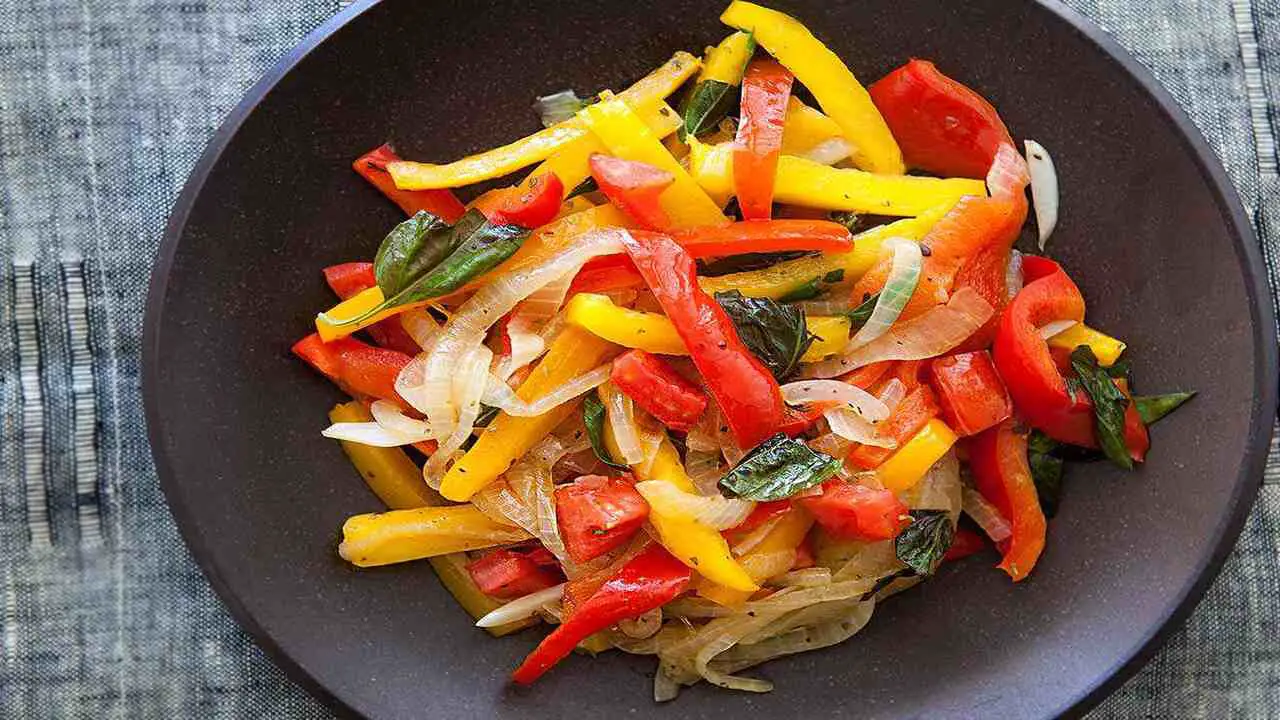
It is important to handle these ingredients carefully when preparing a dish that calls for adding chopped green onions and bell peppers. Begin by properly washing and drying the produce to remove dirt or contaminants. Then, finely chop the green onions and bell peppers and set them aside.
When it is time to add them to the dish, gently stir them in to avoid overmixing or damaging the texture of the vegetables. The green onions and bell peppers will add a delicious crunch and fresh flavour to the dish, so be sure to include them in the recipe as directed.
Simmer Sauce Until It Thickens
Understanding the concept of simmering is crucial. Simmering is cooking food over low heat, maintaining a temperature below boiling. One common cooking technique that involves simmering is making simmer sauces. Simmer sauces are a flavorful and convenient way to add depth and complexity to a dish. To make the perfect simmer sauce, allowing it to simmer until it thickens is important.
This allows the flavours to meld and intensify while the sauce reduces and becomes more concentrated. Patience is key when simmering a sauce, as reaching the desired thickness can take some time. A delicious and perfectly thickened simmer sauce can be achieved by keeping a watchful eye and stirring frequently.
Combine Pasta And Sauce In A Large Bowl

When preparing a pasta dish, combining the pasta and sauce is a crucial step that must be executed precisely. To ensure that the pasta is coated evenly with the sauce, it is recommended to use a large bowl. When placing the cooked pasta into the bowl, it is important to avoid overcrowding, as this may result in clumping and uneven sauce distribution.
Once the pasta is in the bowl, the chosen sauce can be added gradually, ensuring that it is distributed evenly over the pasta. A large bowl for this process allows for greater control and precision, resulting in a delicious and well-coated pasta dish.
Serving With Grated Parmesan Cheese And Extra Green Onions On Top
Adding grated Parmesan cheese and extra green onions to a dish is a simple and effective way to elevate its flavour profile. The sharp and salty taste of Parmesan cheese complements a wide range of dishes, from pasta to roasted vegetables. In contrast, green onions’ fresh and slightly pungent taste adds complexity to any dish.
When serving a dish, encouraging customers to add these toppings can showcase the care and thought put into each dish. Using high-quality ingredients like grated Parmesan cheese and fresh green onions can make all the difference in creating a memorable dining experience.
Storing Leftover New Orleans Pasta
It is important to follow proper food safety guidelines to ensure that it remains fresh and safe. Firstly, transferring the pasta to an airtight container or resealable bag is recommended to keep out any air which can cause spoilage.
It is also advisable to refrigerate the pasta within 2 hours of cooking, ideally below 40°F, and consume it within 3-4 days. If you have a large quantity of pasta, it can also be frozen for up to 2-3 months, but it is important to thaw it properly in the refrigerator before reheating. These simple steps can help prevent foodborne illness and ensure that your leftover New Orleans pasta remains delicious for future meals.
Conclusion
The recipe for New Orleans pasta offers a unique and flavorful twist on traditional Italian pasta dishes. The combination of spicy andouille sausage, succulent shrimp, and aromatic spices creates a complex and satisfying dish. Following this recipe can create a delicious and impressive meal that will impress your guests.
The success of this dish lies in the careful selection and preparation of the ingredients and the artful blending of flavours. The end result is a dish that is both hearty and spicy, with a rich and saucy texture that is perfect for soaking up with crusty bread.
Whether you are a seasoned chef or a beginner in the kitchen, the New Orleans pasta is a must-try for anyone looking to expand their culinary horizons and experience Cajun cuisine’s bold and diverse flavours.
Frequently Asked Questions:
1.What Kind Of Sausage Should I Use For New Orleans Pasta?
Ans: You can use any kind of smoked sausage that you like, such as andouille, chorizo, or kielbasa. You can also omit the sausage if you prefer a lighter dish.
2.How Do I Make The Alfredo Sauce For New Orleans Pasta?
Ans: To make the Alfredo sauce, melt butter in a large pot, then whisk in flour to make a roux. Then, gradually whisk in heavy cream, parmesan cheese, mozzarella cheese, and salsa. Season with salt, pepper, red hot pepper sauce, and Worcestershire sauce to taste.
3.How Do I Cook The Shrimp For New Orleans Pasta?
Ans: You must peel and devein the shrimp, then sprinkle them with Creole seasoning. Then, heat some oil in a large skillet and cook the shrimp for a few minutes until they turn pink. Do not overcook them, or they will become tough and rubbery.
4.How Do I Cook The Chicken For New Orleans Pasta?
Ans: You need to cut the chicken breast into thin strips and marinate them in some Italian dressing for about an hour. Then, discard the marinade and cook the chicken in a large skillet over medium-high heat for about 10 minutes, turning once, until golden and cooked through.
5.How Do I Cook The Pasta For New Orleans Pasta?
Ans: You must boil a large pot of salted water and cook the penne pasta according to the package directions until al dente. Then, drain the pasta and toss it with oil to prevent sticking.
Meet Joseph Bryant, the creative force behind Foodsguider. As a self-taught chef and passionate food explorer, Joseph Bryant invites you to savor the journey through delightful recipes and the stories that accompany them. From kitchen adventures to the joy of sharing, join Foodsguider in celebrating the magic of good food and lasting memories.
